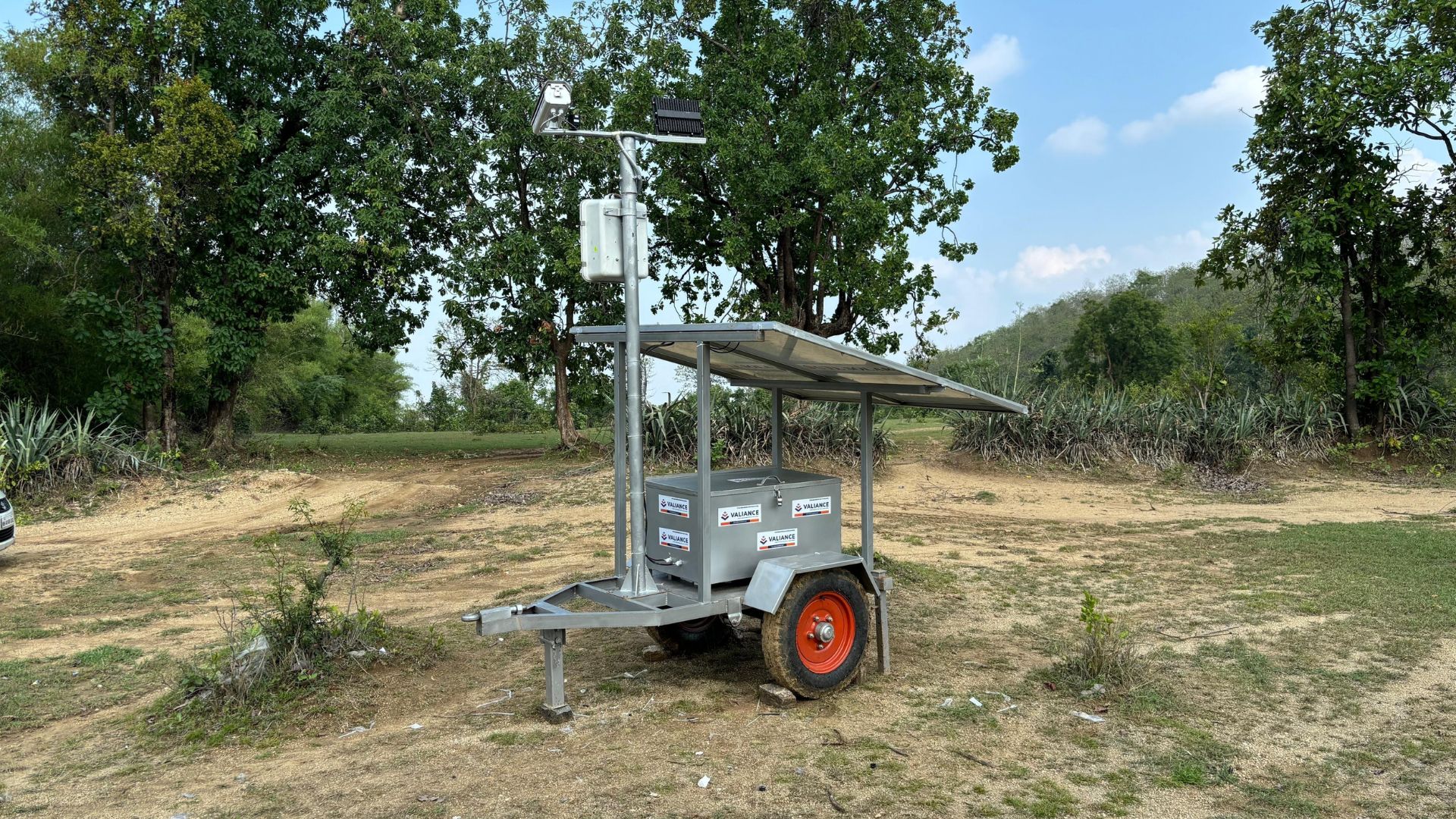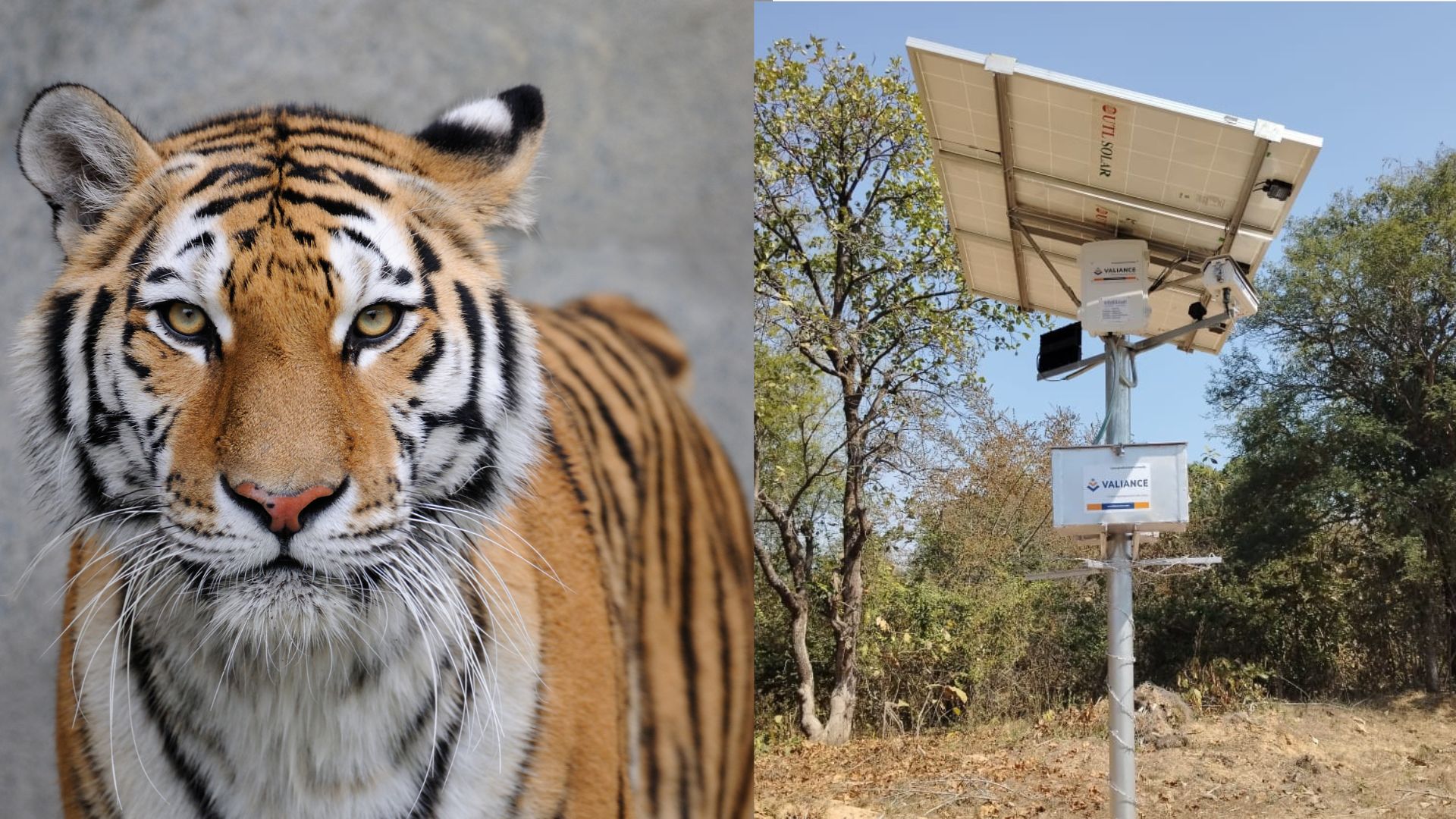About the Client
The client is a leading global producer of viscose staple fibers (VSF) and viscose filament yarn (VFY), holding significant market shares in both global and domestic markets. They are renowned for their pioneering efforts in fiber production, with several plants across India and Southeast Asia utilizing their solutions.
Problem Statement
The fiber bale, composed of hardwood and softwood, is evaluated on 8 quality parameters,with key focus areas including Oil pick-up, Whiteness, Splinter and moisture. Each of these parameters is critical for fiber quality. The current manual method of evaluating these parameters is time-consuming and often leads to delays and inaccuracies. The client needed a real-time monitoring system to predict quality parameters every 10 minutes to give recommendations to achieve the target quality parameters.
Solution
We developed a comprehensive solution featuring data-driven soft sensors that use real-time instrumentation data to predict quality parameters every 10 minutes. Key components of the solution include:
- Real-Time Data Integration and Analytics Pipeline: Implemented a pipeline to gather and analyze data in real-time, ensuring that predictions for quality parameters are available every 10 minutes.
- Soft-Sensor Health Index Monitoring: Developed soft-sensor health index monitoring to identify data or process anomalies, ensuring the accuracy and reliability of the predictions.
- Scalable Deployment: Scalable deployment across multiple plants and production lines to ensure consistency and efficiency across the client’s operations.
- Real-Time Quality Parameter Predictions: Utilized predictive analytics to provide real-time quality parameter predictions, enabling prompt operational adjustments and recommendations.
- Sensitivity Profiler: Developed the sensitivity profiler to show how each input sensor affects the quality parameter. By isolating one sensor at a time and plotting its impact on the output, the plant team could observe how changes in that sensor affected quality. This helped us validate the model and build confidence in its accuracy.
- Recommendations to achieve target quality parameters: For any quality parameter, there were controllable and non-controllable factors. For example, controllable factors for the Splinter quality parameter included Ripening Age, Spin Bath Acid, etc. If the quality parameter went out of range, we set the desired limits for these controllable factors and the target quality value. Using optimization techniques, we then received recommendations for adjusting the controllable factors.
Tech Stack
- Deployment: AWS EC2 server
- Sensor data Storage: ASPEN Historian
- UI: Streamlit
- Backend and APIs: FastAPI, Aspen IP 21
- Database: InfluxDB
- Dashboard: Grafana
- Machine Learning model management: MlFlow
- Data Science Environment: Python, Tensorflow, etc
- Notification: Email, Whatsapp
Outcome
- Reduced Prediction Intervals: Reduced prediction intervals from 4 hours to every 10 minutes, allowing for more frequent monitoring and timely adjustments.
- Increased Accuracy in Predictions: Achieved greater than 95% accuracy in prediction models, significantly improving the reliability of quality assessments.
- Enhanced Quality Management: Improved quality management by providing timely insights, maintaining desired quality ranges, and enhancing overall operational efficiency.
This case study highlights our commitment to leveraging advanced analytics and real-time monitoring to drive operational excellence and quality assurance in fiber production. The successful implementation underscores our expertise in delivering scalable, data-driven solutions that meet the complex needs of our clients.






